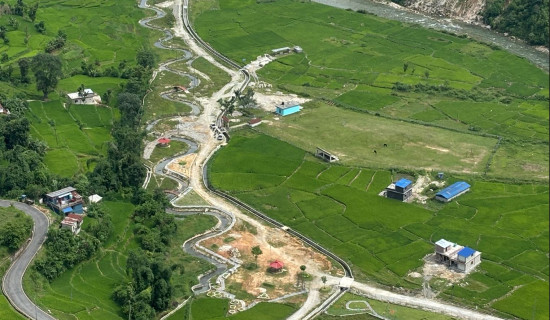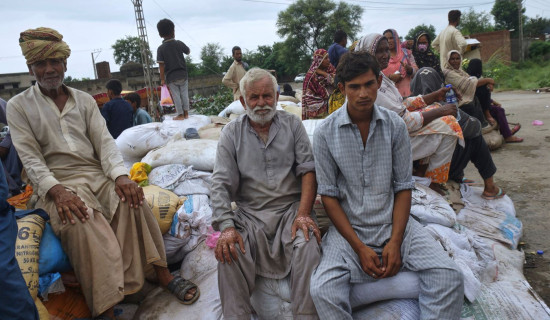- Tuesday, 2 September 2025
Recharge ponds built in community forests
By Kedar Timsina,Banepa, Sept. 2: With traditional water sources, wells, and ponds gradually drying up in recent years, community forests in Kavrepalanchok have begun constructing recharge ponds to help conserve drinking water sources.
The Kavrepalanchok Division Forest Office has been implementing the “One Forest, One Recharge Pond” programme for the past few years, alongside initiatives to protect springs and wetlands.
According to Forest Officer Sarita Lama, 11 recharge ponds were constructed in seven community forest consumer groups during the last fiscal year 2024/25.
Conservation work was also carried out in three forests and catchment areas around natural springs.
Recharge ponds were built in the Dhunge Pakha Bahal Community Forest of Banepa–1, Tukucha Naala, Alchechaur Community Forest of Dhulikhel–2, Ravigaun, and Bhusune Pakha Community Forest of Bethanchowk–3.
Additional ponds were constructed in Ratamate Community Forest of Panchkhal–5, Bhanchepokhari Community Forest of Ward–9, four in Bokse Community Forest of Ward–4, and two in Sagaswati Community Forest of Chaurideurali–1.
Each of the seven consumer groups received Rs. 200,000 for construction, amounting to Rs. 1.4 million in total.
Beyond pond construction, watershed conservation activities were conducted in Jamunbote Community Forest of Panchkhal–2 and Manedanda Community Forest of Bhumlu–2. In Temal–7, Lekhapakha Community Forest witnessed the restoration of an old pond under wetland conservation programmes.
Lama said the ponds are intended to stop springs in the lower belts from drying up, maintain soil moisture, preserve humidity-dependent vegetation, and ensure water availability for both wildlife and aquatic species. Some local governments in Kavrepalanchok have also undertaken similar projects.
A recent survey, conducted with support from the International Centre for Integrated Mountain Development (ICIMOD), found that most water sources and ponds in the district are drying up.
The study, carried out in Namobuddha, Panchkhal, Dhulikhel, and Panauti municipalities, as well as in Bethanchowk, Roshi, and Temal rural municipalities, revealed that 34 per cent of sources had dried due to earthquakes, 31 per cent from prolonged droughts, 16 per cent from infrastructure development, nine per cent from negligence, seven per cent from disasters like floods and landslides, and three per cent from other causes.

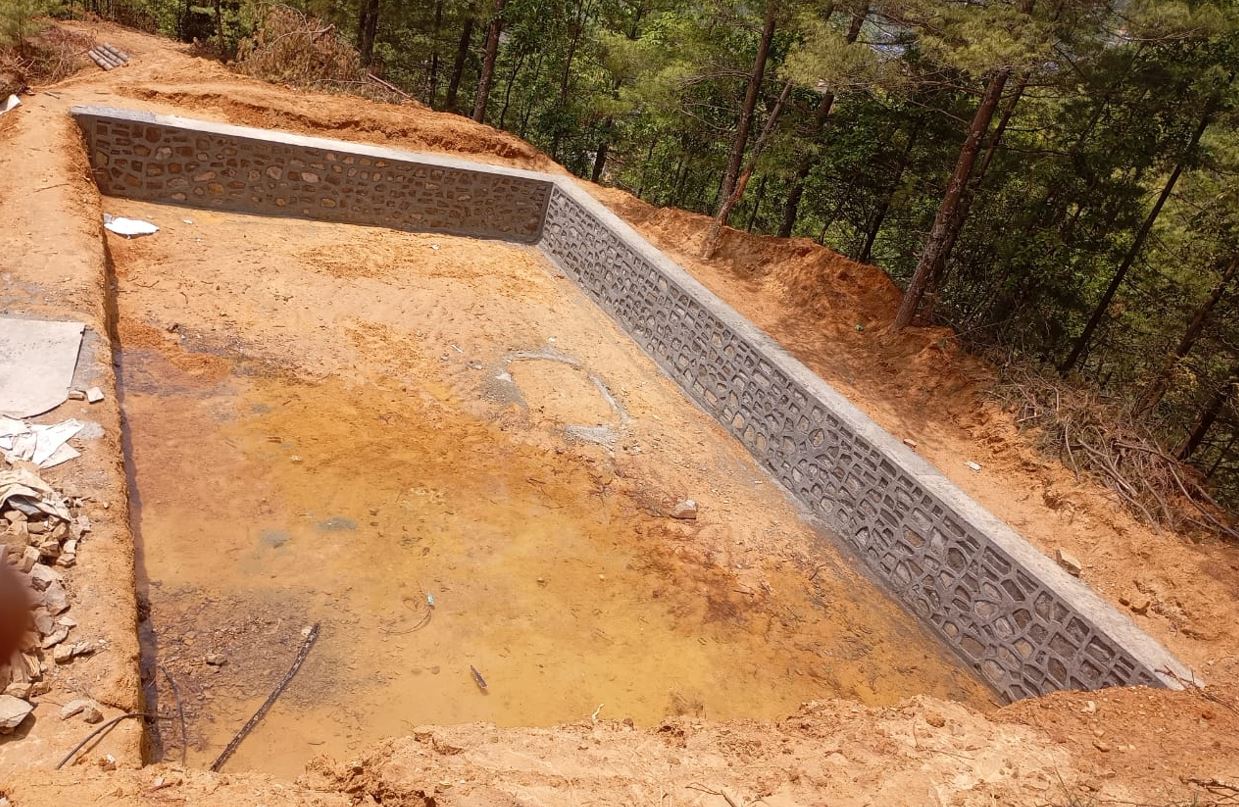


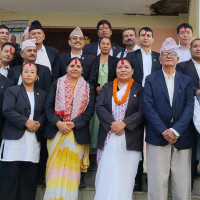
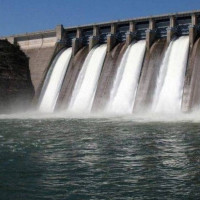

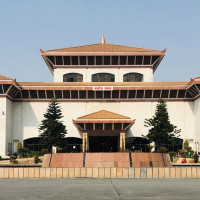

-original-thumb.jpg)

